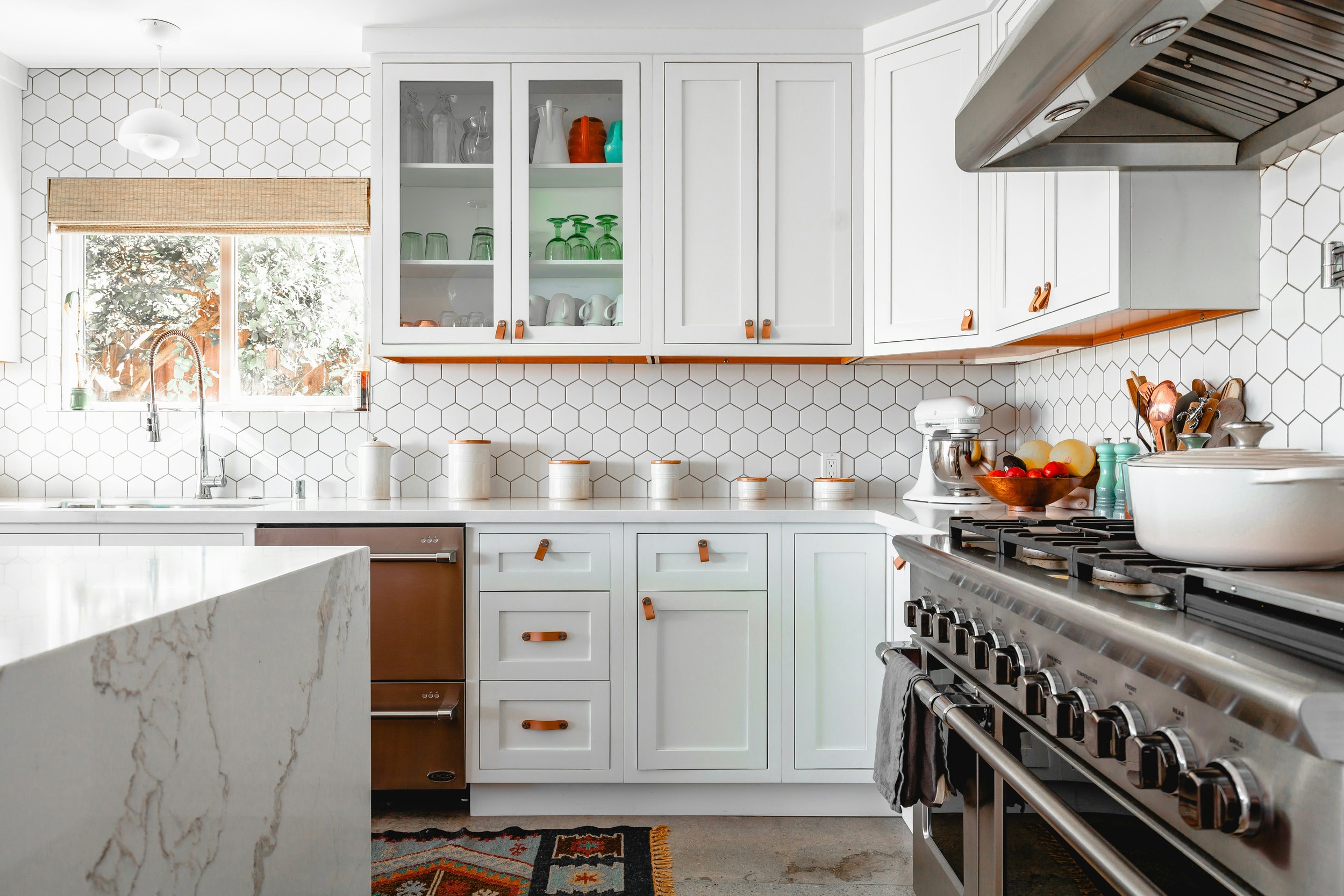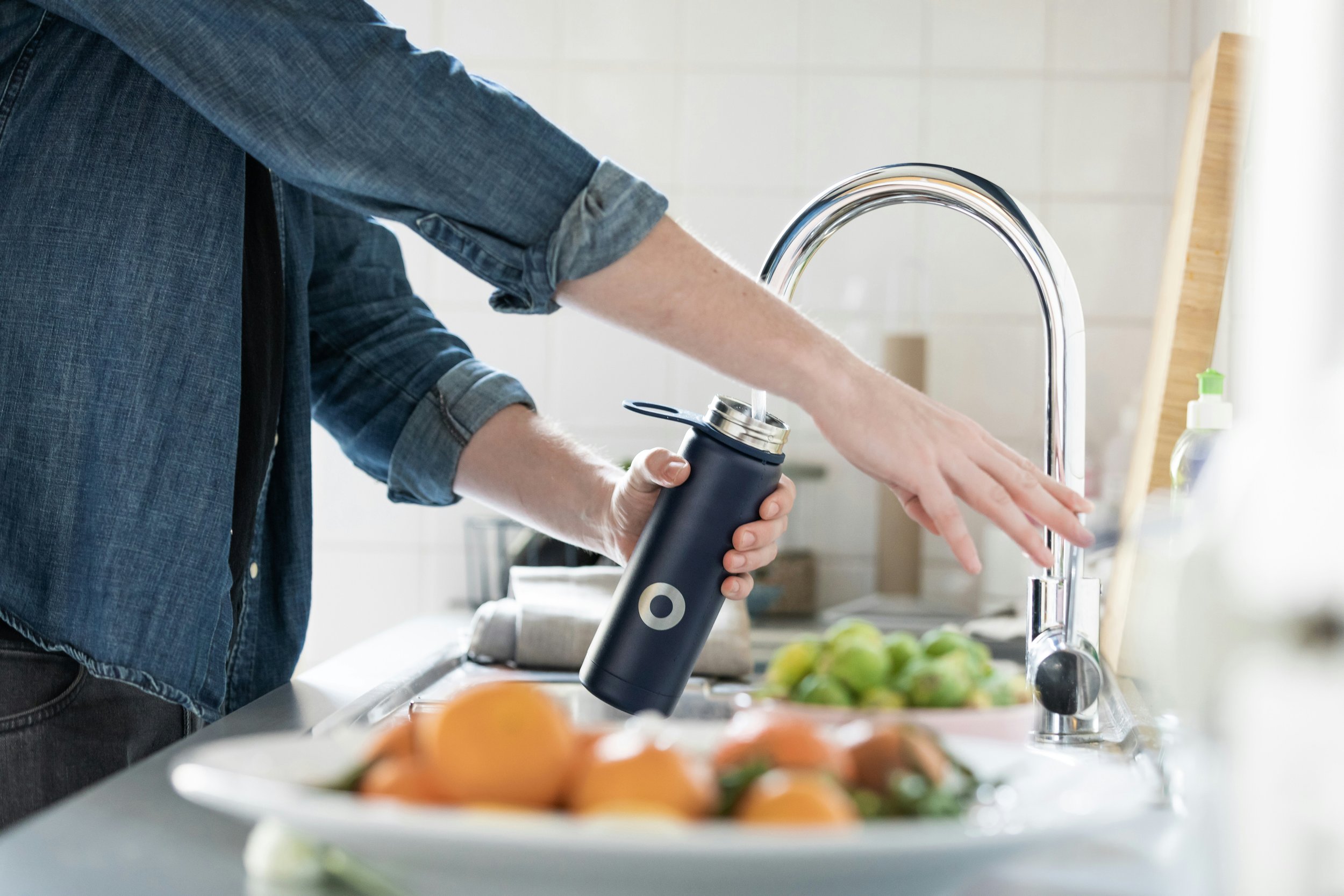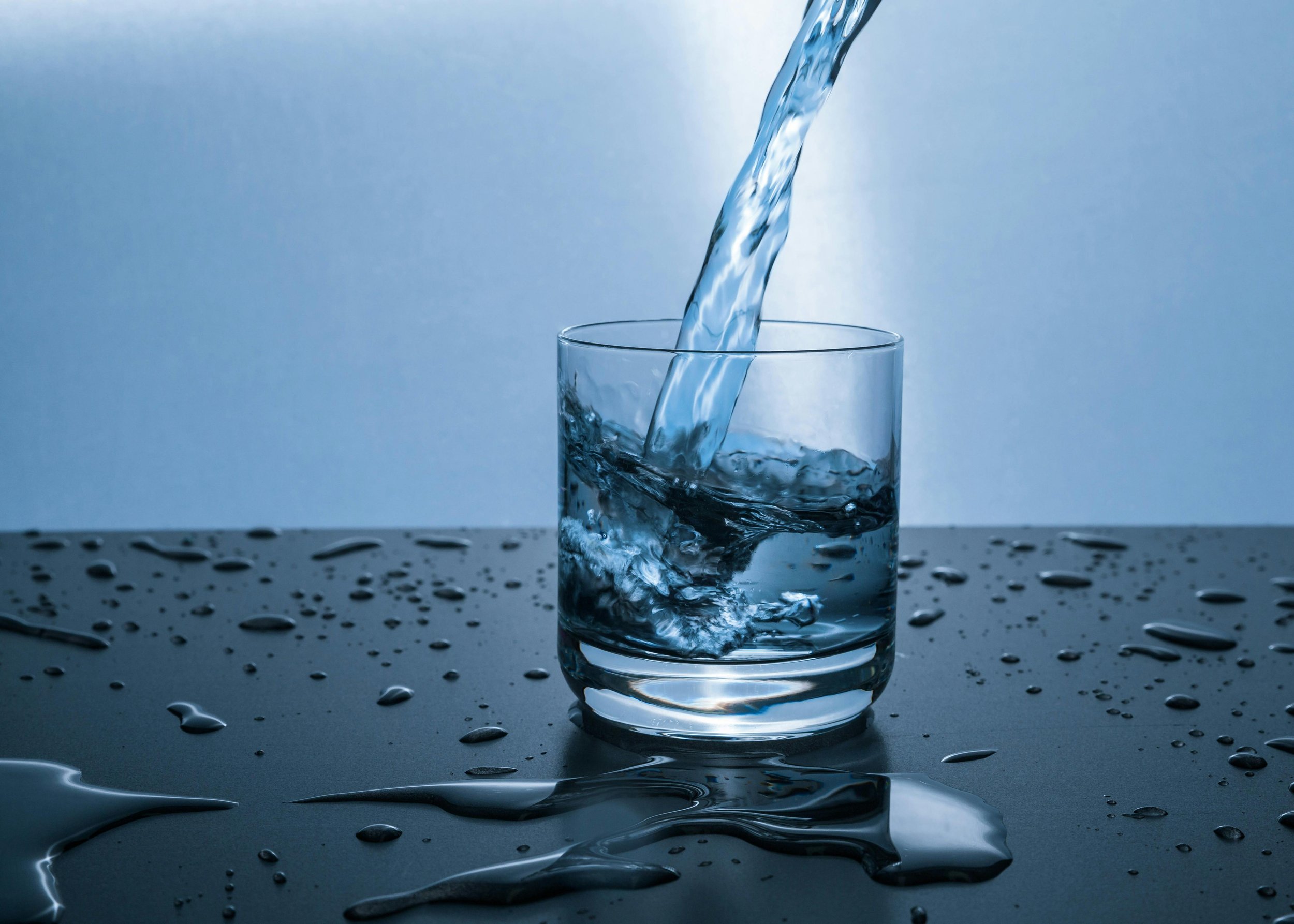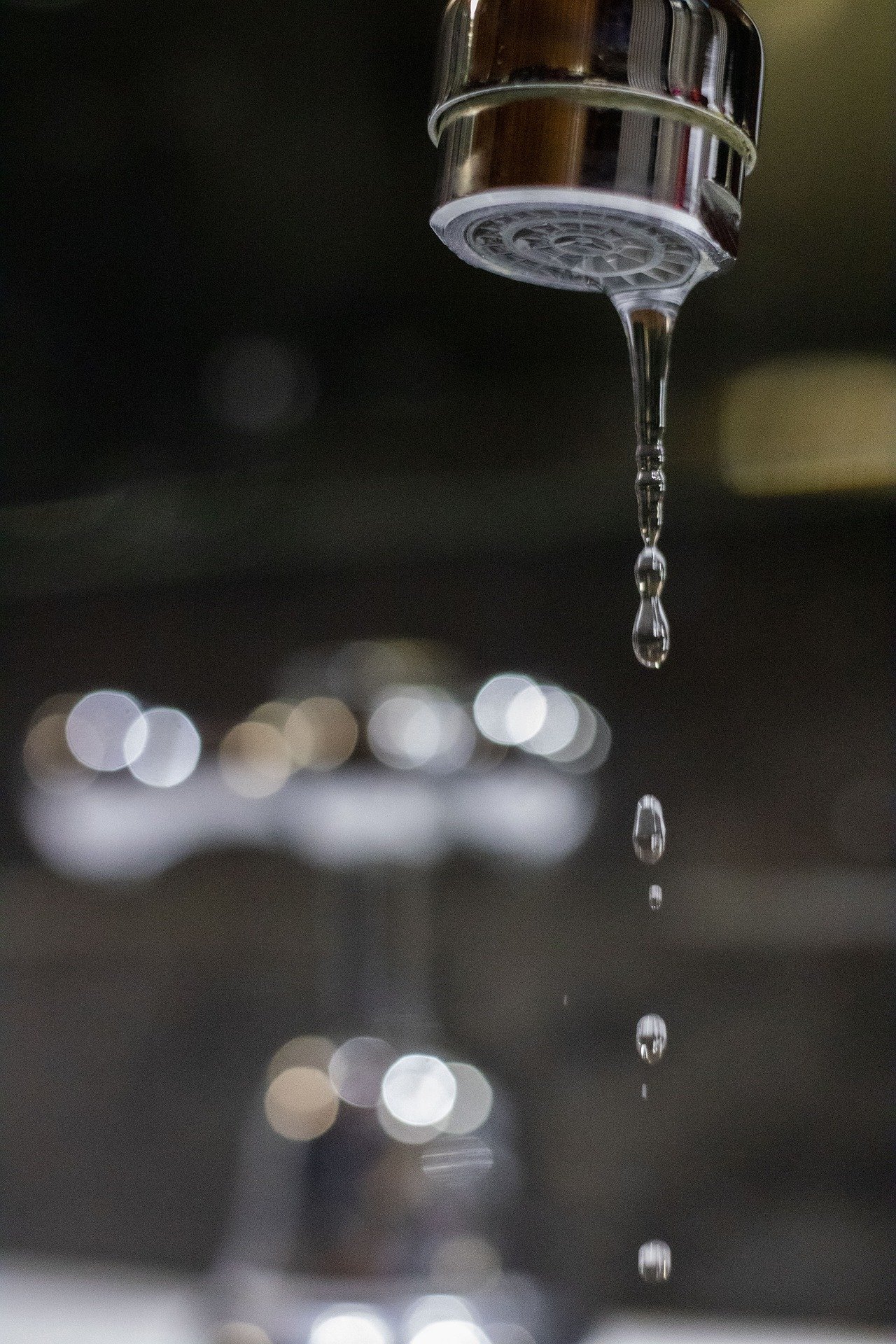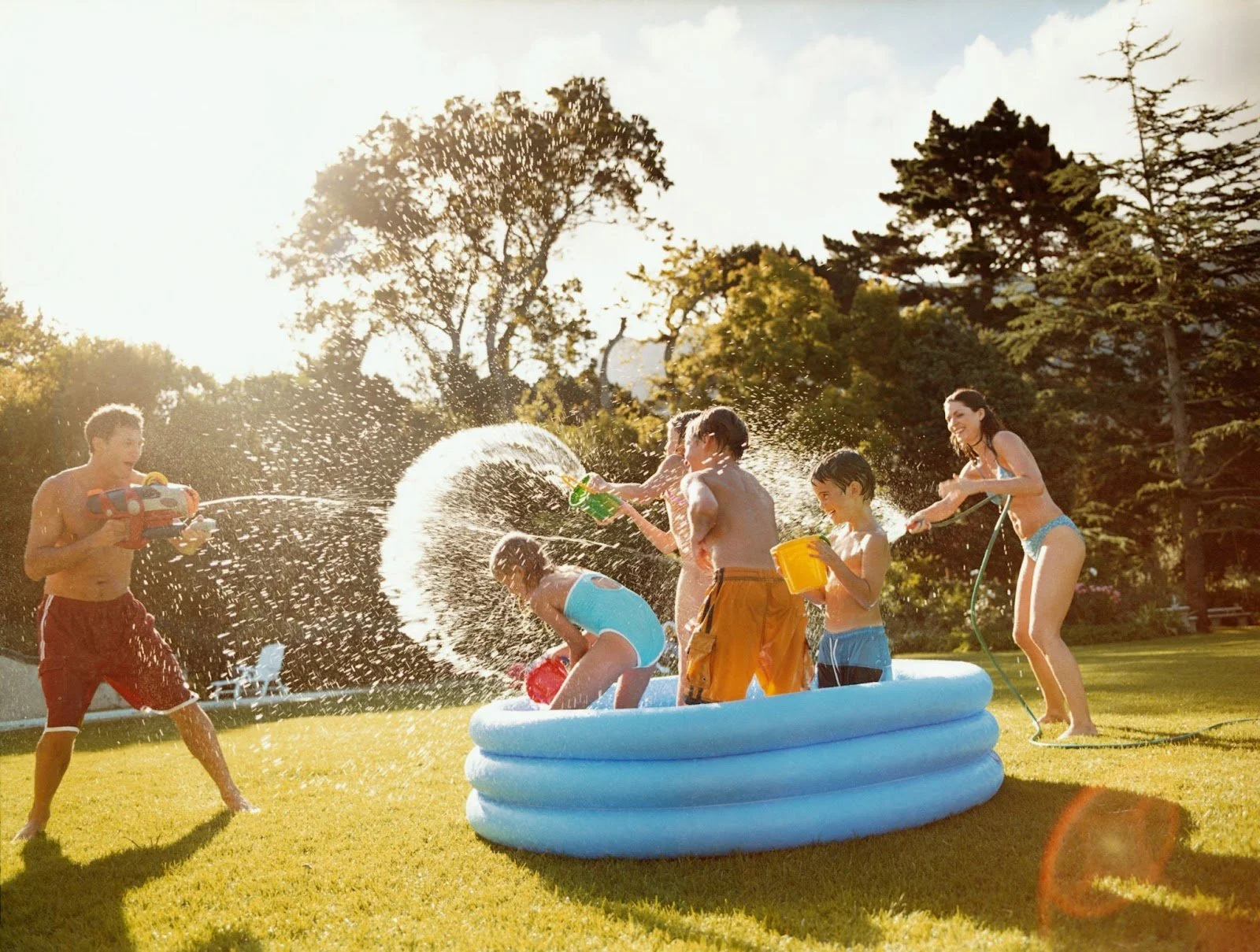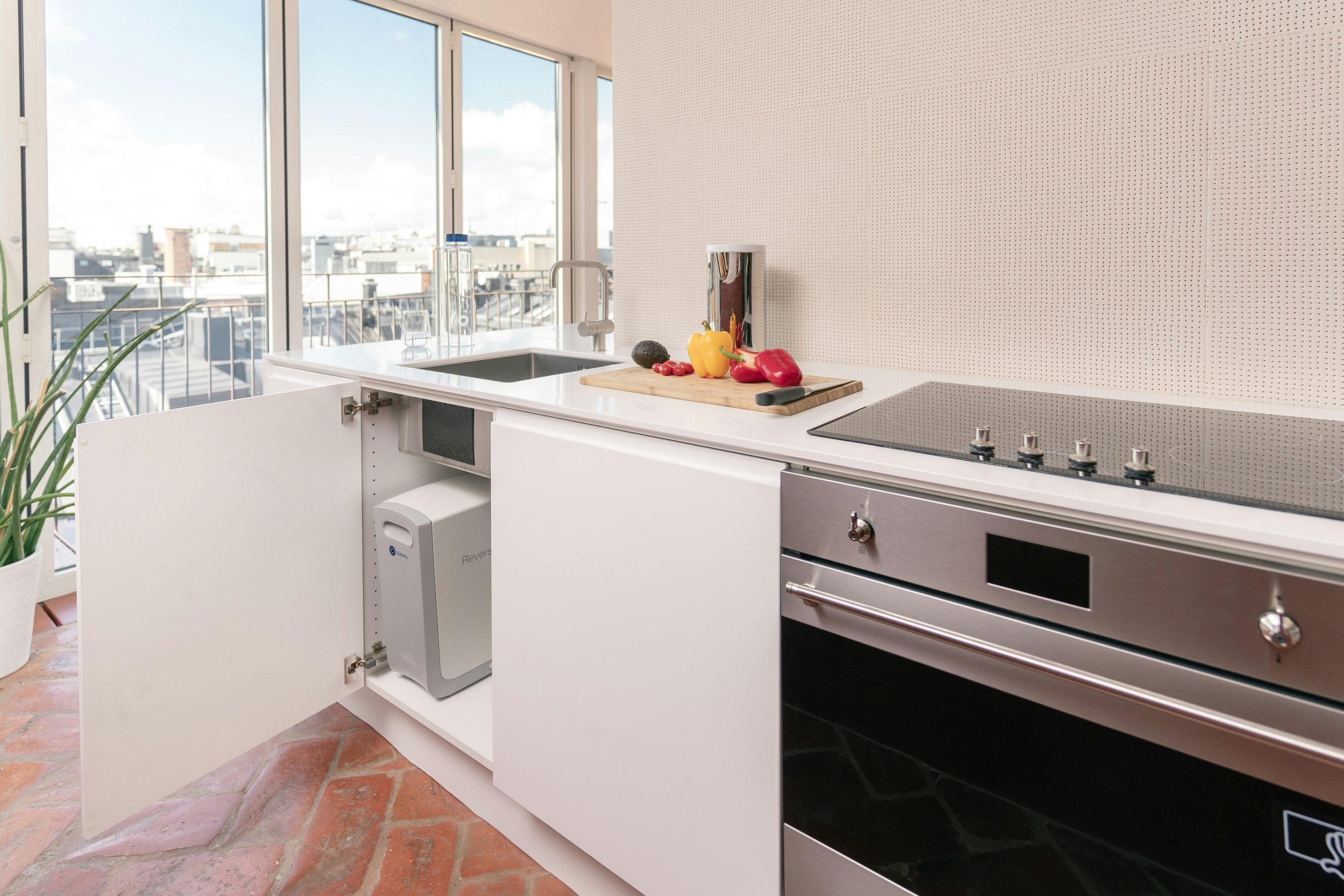Preventing Bathroom and Kitchen Water Damage: Tips for Long-Term Protection
Leaks, moisture buildup, and appliance failures can cause serious water damage in kitchens and bathrooms. Learn how to protect your home with smart prevention strategies, maintenance tips, and expert solutions.
Bathrooms and kitchens are the most water-intensive areas in any home, making them prime targets for leaks, mold, and long-term water damage. A slow drip under the sink might seem harmless today, but over time, it can warp cabinets, rot flooring, and create the perfect environment for mold growth. Preventing water damage in these high-risk areas isn’t just about fixing leaks when they happen — it’s about anticipating problems before they start and ensuring your home remains dry, safe, and structurally sound.
Stop Leaks Before They Become Disasters — Because They Always Do
Water damage rarely starts with a dramatic burst pipe or a catastrophic flood. More often, it begins with something small — so small that it’s easy to ignore. A slow drip under the kitchen sink, a bit of dampness around the base of the toilet, a faint water stain on the ceiling that seems like it hasn’t changed in weeks. These are the quiet warnings that something is wrong, and if they’re dismissed, they turn into the kind of damage that requires ripping out walls, replacing floors, and calling in mold remediation experts.
Leaks, no matter how minor, do not fix themselves. They only get worse. A tiny gap in your bathroom caulking today becomes water seeping behind the tiles next month, and a crumbling, mold-ridden wall next year. A hairline crack in a pipe starts with an occasional drip, then weakens further under pressure, and eventually, bursts at the worst possible moment — likely when you’re not home to stop the water from soaking into your floorboards.
The key is to find these weak spots before they escalate. That means checking under sinks, behind appliances, around tubs, and along ceilings regularly. Run your hand along the pipes under your vanity — do they feel damp? Is there a slight musty smell in your laundry room, even though everything looks dry? If the water bill creeps up but your usage hasn’t changed, that’s a sign of a hidden leak.
A proactive homeowner doesn’t wait for puddles. They look for the first hints of moisture and deal with the problem immediately. A worn-out washing machine hose gets replaced before it has the chance to burst. A loose toilet seal is fixed before it allows moisture to rot the subfloor beneath it. Caulking is redone before cracks let water into places it should never be. These small, inexpensive fixes today are what prevent expensive, invasive repairs down the line.
The mistake people make is thinking that a slow leak isn’t an emergency. But the reality is, by the time you see damage, water has already been working against you for weeks, months, maybe even years. And water, no matter how small the source, always finds a way to spread. You can’t afford to ignore it.
Protect Cabinets and Flooring from Water Damage — Because Water Always Wins
Water doesn’t just ruin things — it sneaks in, sits there, and slowly eats away at everything you’ve invested in. Cabinetry and flooring are some of the first casualties when moisture isn’t controlled. The damage isn’t always instant, either. One day, everything looks fine; the next, you notice warped wood, soft spots underfoot, peeling laminate, or that telltale musty smell that signals something’s been wet for way too long.
The problem with water damage in cabinets and flooring is that it’s often hidden until it’s too late. A slow leak under the kitchen sink might go unnoticed for months, soaking into the wood before you see bubbling veneer or weakened shelving. In bathrooms, moisture from long, steamy showers combined with improper ventilation creates the perfect conditions for wood rot. Dishwashers and refrigerators with water dispensers can develop slow leaks that only show up when the flooring around them starts to buckle.
If you want to keep water from ruining your cabinets and floors, assume it’s trying to. The goal is not just to clean up spills but to prevent moisture from settling where it doesn’t belong. Start by sealing everything properly. Cabinet interiors — especially under sinks — should be lined with a waterproof mat or tray to catch small leaks before they have a chance to seep into the wood. Floor seams, especially in bathrooms and kitchens, should be sealed with waterproof caulk to keep moisture from slipping through cracks.
Materials matter, too. Traditional wood flooring and cabinetry may look great, but they don’t stand a chance against long-term exposure to moisture. If you’re renovating, consider water-resistant materials like treated wood, vinyl flooring, or composite cabinetry that can handle the occasional spill or humidity spike without warping. Even with the best materials, though, maintenance is key. Spills should never sit. If water gets onto the floor or into cabinets, wipe it up immediately — because even a little standing water, if left unchecked, will find its way into places you don’t want it to.
Regular inspections will save you thousands. Open the cabinets beneath your sinks every few weeks — not just to grab cleaning supplies, but to check for dampness, discoloration, or warped shelving. Pay attention to how your flooring feels underfoot. If a spot near your dishwasher or fridge seems softer than the rest, investigate before it gets worse. Water damage doesn’t happen all at once. It’s a slow, creeping process that only wins if you ignore it.
Maintain Your Appliances and Plumbing Fixtures — Because a Leak Today is a Disaster Tomorrow
Your home’s plumbing and appliances aren’t built to last forever. Hoses crack, seals wear out, and connections loosen over time. The problem is, most leaks don’t announce themselves. A tiny drip from the dishwasher, a slow seep behind the washing machine, a weak seal on the water heater — these things happen quietly, often hidden from sight, and by the time you notice, the damage is already done.
Appliances are some of the biggest sources of unexpected water damage, and it’s not because they fail suddenly. It’s because they go unchecked for years, working fine — until they don’t. The rubber hoses behind washing machines? They weaken over time and are one of the most common causes of indoor flooding. The water line to your fridge’s ice maker? A tiny pinhole leak can go undetected for months, rotting the floor underneath. Dishwashers, water heaters, even your HVAC system — they all have potential failure points that, without regular maintenance, can cost you thousands in repairs.
If you want to avoid a catastrophe, make inspections a habit. Every few months, check behind your washing machine, under the sink, around your dishwasher, and near your water heater. Feel for moisture. Look for rust, corrosion, or mineral buildup — these are signs of a slow leak that could turn into something worse. If hoses are more than five years old, replace them with braided stainless steel versions, which are far more durable than standard rubber ones. If you notice a small drip, don’t brush it off — a “minor” leak never stays minor.
Your plumbing fixtures need just as much attention. Faucets and showerheads may seem like they’re in perfect shape, but seals and gaskets wear down over time. If a faucet drips even when it’s fully turned off, or if water pools at the base of a toilet or sink, there’s already a problem. Even slow-moving drains can indicate buildup that, left unchecked, could lead to an overflow. Fixing a leak today costs almost nothing. Replacing a water-damaged floor or mold-infested cabinet costs a fortune.
Ignoring appliance and plumbing maintenance is like ignoring a ticking time bomb. Water always wins in the end — unless you catch the problem before it has a chance to spread. Routine checks, timely replacements, and treating small leaks like the red flags they are can mean the difference between a minor repair and a full-scale renovation.
Improve Ventilation to Prevent Mold and Moisture Buildup — Because Stale, Damp Air is a Silent Threat
Water damage isn’t always about leaks or floods. Sometimes, it’s in the air itself. Moisture doesn’t need to come from a broken pipe to cause problems — long-term exposure to high humidity and poor ventilation can be just as destructive. If your home can’t breathe, moisture lingers, mold thrives, and materials start to break down from the inside out.
You’ve probably seen it before: foggy windows, peeling paint, musty smells in the bathroom, or that sticky feeling in the air after a hot shower. That’s moisture collecting where it shouldn’t, and if it’s not dealt with, it settles into walls, behind cabinets, and under floors, feeding mold, mildew, and rot. Over time, this turns into serious structural damage — and unlike a burst pipe, it happens so slowly that most people don’t realize there’s a problem until it’s too late.
The solution? Better airflow. A well-ventilated home doesn’t just feel fresher — it dries out moisture before it can settle and cause damage. Every house has moisture-prone areas: bathrooms, kitchens, laundry rooms, basements. These spaces produce more steam, condensation, and humidity than the rest of the home, and without proper airflow, water lingers where it shouldn’t.
In bathrooms, an exhaust fan isn’t optional — it’s necessary. After every shower, run the fan for at least 20–30 minutes to pull excess humidity out of the room. If the mirror stays foggy for more than a few minutes, your ventilation isn’t strong enough. A poorly ventilated bathroom is the fastest way to get mold creeping into drywall, caulking, and even ceiling insulation.
In kitchens, cooking releases a surprising amount of moisture. Boiling water, simmering sauces, and even dishwashing add humidity to the air. Always use the range hood or open a window when cooking, especially if you’re boiling or steaming food. Without proper ventilation, steam collects on cabinets and walls, leading to peeling finishes, warped wood, and mold inside cupboards.
Laundry rooms are another overlooked problem area. If your dryer vents aren’t properly installed or cleaned regularly, heat and moisture build up fast. Lint traps don’t catch everything — clogged vents trap moisture, creating a humid, stale environment that encourages mold growth. Make sure your dryer is venting properly outside and that airflow isn’t restricted.
Basements are naturally damp. Even if they’re finished, they tend to hold more moisture than the rest of the home. Dehumidifiers are essential in basements, especially in humid climates. If you notice that musty basement smell, that’s trapped moisture, and mold has likely already started to grow.
Good ventilation is more than just opening a window — it’s about ensuring that air moves freely throughout your home. If you notice condensation on windows, a persistent musty smell, or dampness in the air, moisture is already accumulating somewhere. Once mold takes hold, it spreads fast, and by the time you see it, the problem is already bigger than you think.
A dry home is a healthy home. The key isn’t just removing moisture after it settles — it’s stopping it from getting trapped in the first place. The longer air stays stagnant, the more damage moisture can do. Proper ventilation keeps the air moving, preventing the slow, hidden buildup that leads to expensive repairs down the line.
Be Ready for Emergencies — Because Water Damage Doesn’t Wait
No one expects their home to flood or their pipes to burst, but water doesn’t care whether you’re prepared or not. When disaster strikes, the difference between minor damage and a full-scale catastrophe often comes down to how quickly you act. A well-prepared homeowner isn’t scrambling for towels and buckets — they already have a plan.
Emergencies don’t give warnings. A pipe can burst in the middle of the night, a water heater can fail while you’re at work, or a sudden storm can overwhelm your home’s drainage system in minutes. The longer water sits, the more it seeps into walls, under floors, and into places it should never be. Mold can start forming within 24 to 48 hours. Structural damage can escalate within days. If you’re not prepared, you’re already behind.
Start with the essentials. Know where your main water shutoff valve is. If a pipe bursts, shutting off the water immediately can prevent hundreds or even thousands of liters from flooding your home. If you live in an apartment, know how to shut off the water to your unit or who to call if something goes wrong. In an emergency, every second matters — you don’t want to be searching for the valve when water is already pooling around your feet.
Invest in leak detection technology. Smart water sensors placed near high-risk areas — under sinks, behind appliances, near water heaters — can send an alert to your phone the moment moisture is detected. Some systems even connect to an automatic shutoff valve, stopping leaks before they become floods. These aren’t just conveniences; they’re lifesavers for preventing costly damage.
Have emergency water cleanup supplies ready. Wet/dry vacuums, absorbent towels, dehumidifiers, and fans should be easily accessible. If you have a basement, a sump pump with a battery backup is essential — power outages during storms are common, and without a working pump, floodwater has nowhere to go.
Know who to call before you need them. Whether it’s a plumber for burst pipes or expert flood cleanup services for large-scale water damage, have contact information saved. When water is pouring into your home, the last thing you want to do is waste time searching for help.
Water emergencies happen fast. Your response needs to be faster. The homeowners who suffer the least damage aren’t the ones who are lucky — they’re the ones who prepared before disaster struck.
Final Thoughts
Preventing bathroom and kitchen water damage isn’t about luck — it’s about regular maintenance, smart upgrades, and being prepared. Small actions like sealing cracks, replacing old plumbing fixtures, and improving ventilation can make the difference between a dry, damage-free home and a costly, avoidable disaster.
The key is catching problems early before they escalate. And if a leak or flood does occur, acting fast with professional help can save your home from long-term damage. Don't wait until it's too late — take action now to protect your kitchen, bathroom, and home from water damage.
